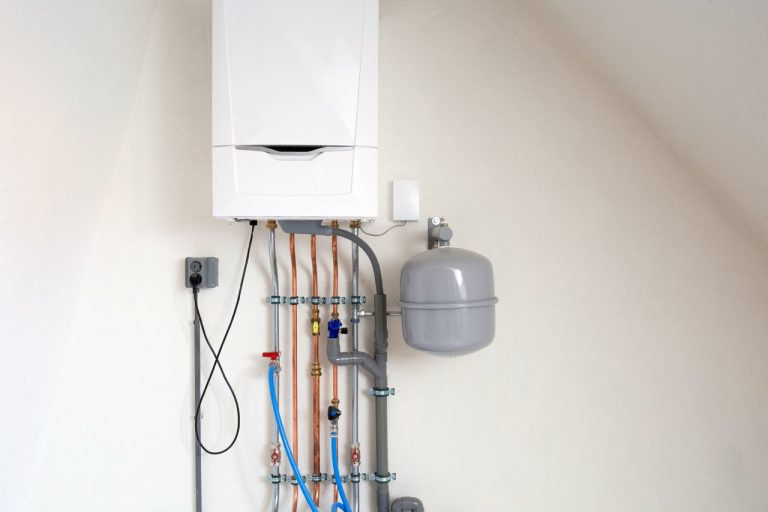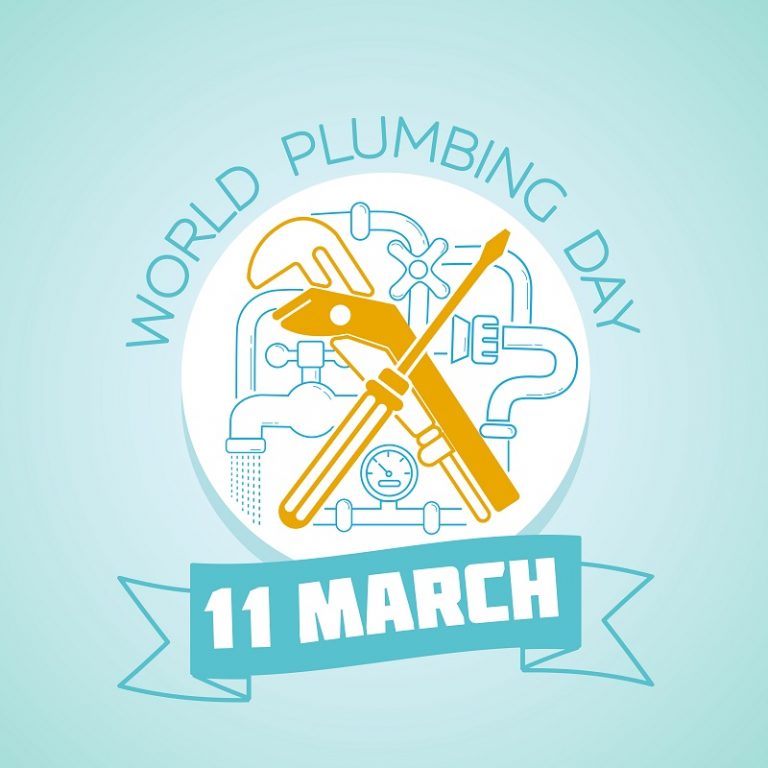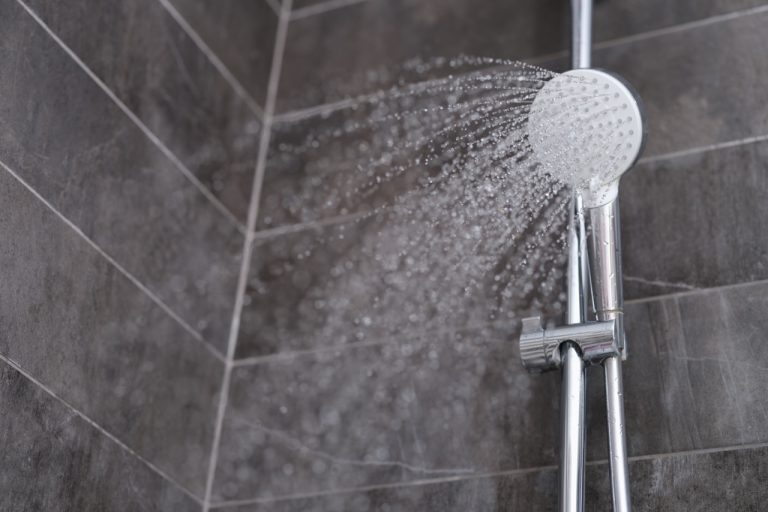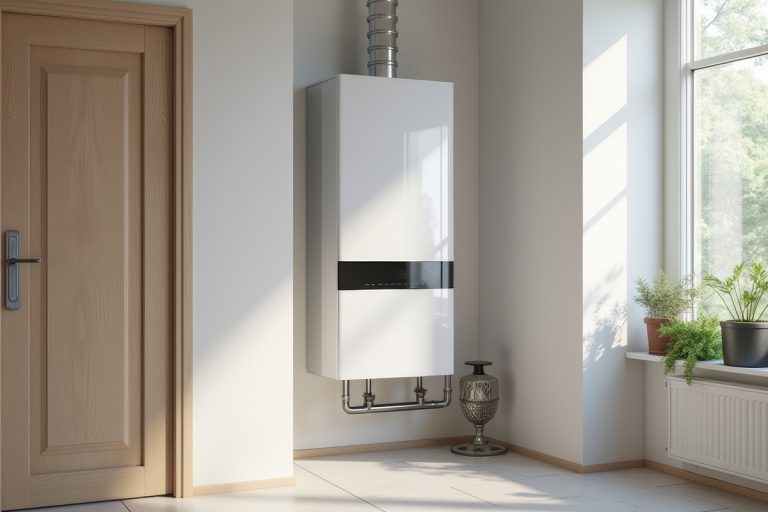Debunking Common Myths About Plumbing
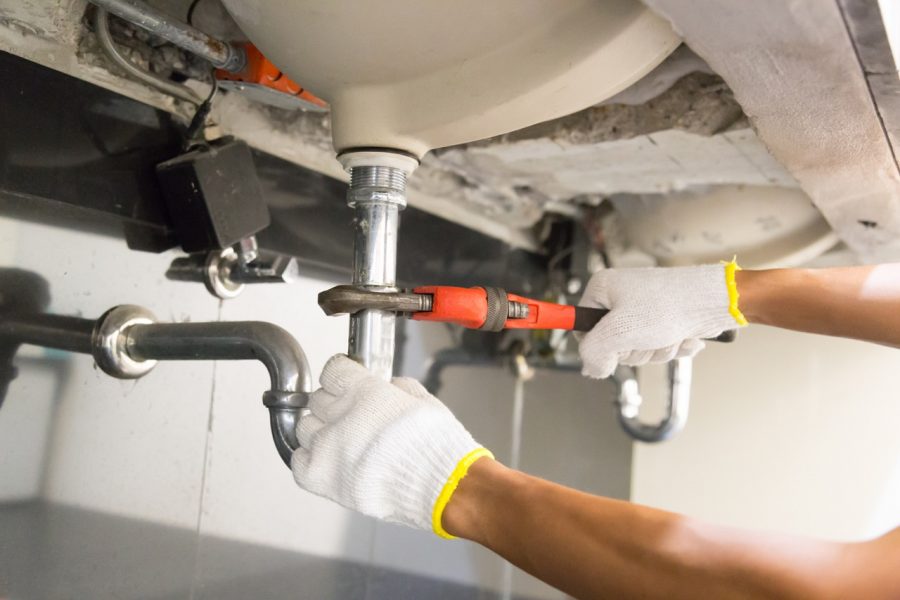
Plumbing is an essential aspect of our daily lives, yet it remains a mystery to many. From unclogging drains to fixing leaky faucets, plumbing issues can disrupt our routines and cause unnecessary stress. Unfortunately, there are several myths and misconceptions surrounding plumbing that can lead to confusion and even costly mistakes. In this blog post, we’ll debunk three common myths about plumbing to help you navigate this vital aspect of home maintenance more effectively.
Myth 1: Lemons Clean Garbage Disposals
You might have heard the advice that tossing lemon peels down your garbage disposal can help clean and deodorize it. While the citrusy scent might temporarily mask odors, lemons and other citrus fruits can actually do more harm than good. The acidic nature of citrus fruits can corrode the metal components inside the disposal over time, leading to malfunctions and even leaks.
Instead of relying on lemons, consider using ice cubes to clean your garbage disposal. Ice cubes help to dislodge debris and grease buildup, while running cold water simultaneously flushes away the loosened particles. Additionally, periodically pouring a mixture of baking soda and vinegar down the disposal can help neutralize odors and break down organic matter without causing damage.
Myth 2: In-Tank Cleaners Are Safe for Toilets
Automatic in-tank toilet cleaners may seem like a convenient solution for keeping your toilet bowl clean and fresh. However, these products often contain chemicals that can damage the toilet’s internal components and degrade the rubber seals. The continuous exposure to harsh chemicals can weaken the flushing mechanism and cause leaks, leading to costly repairs down the line.
Instead of relying on in-tank cleaners, opt for regular manual cleaning using a toilet brush and a mild cleaning solution. Vinegar and baking soda are natural alternatives that can effectively remove stains and disinfect the toilet bowl without posing any harm to the plumbing system. Additionally, practicing good flushing habits and avoiding flushing non-biodegradable items will help maintain the integrity of your toilet’s plumbing.
Myth 3: A Dripping Faucet Is Not a Big Deal
It’s easy to ignore a dripping faucet, especially if it’s just a slow drip. However, even minor leaks can waste significant amounts of water and lead to higher utility bills. Additionally, the constant dripping can gradually wear out the faucet’s washers and seals, exacerbating the problem over time.
Ignoring a dripping faucet can also indicate underlying issues within the plumbing system, such as high water pressure or corroded pipes. Addressing the problem promptly can prevent further damage and save you money on water bills and repairs in the long run.
In conclusion, debunking these common myths about plumbing can help homeowners make informed decisions and prevent potential problems. By understanding the proper maintenance techniques and avoiding harmful practices, you can keep your plumbing system running smoothly and efficiently for years to come. Remember, when in doubt, it’s always best to consult with a professional plumber for expert advice and assistance.

